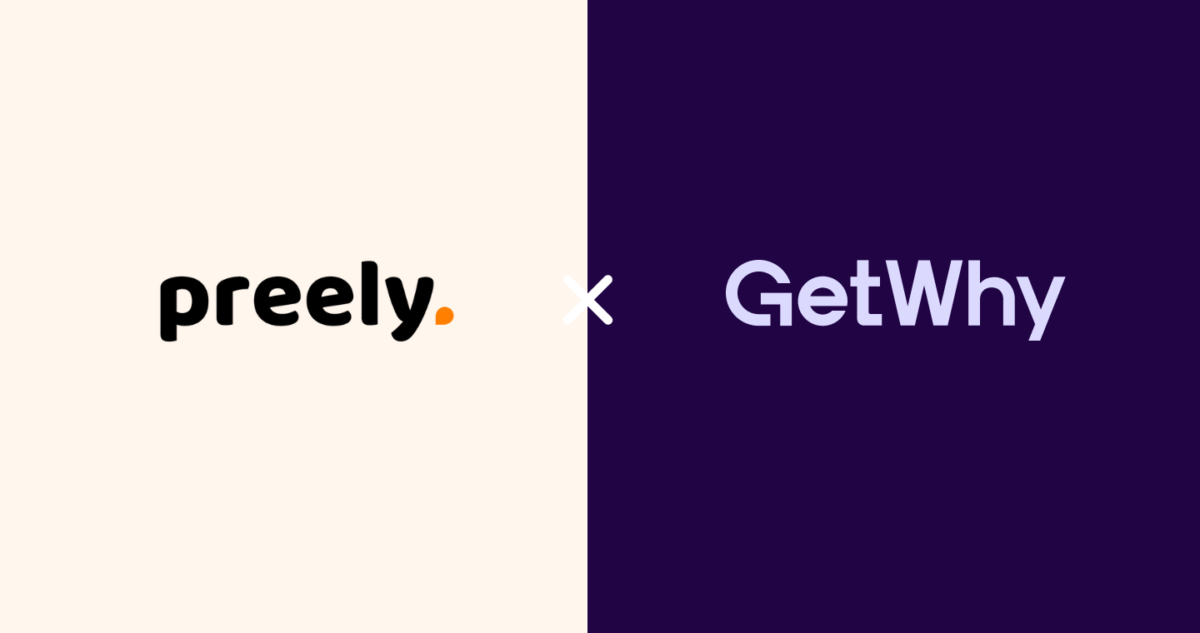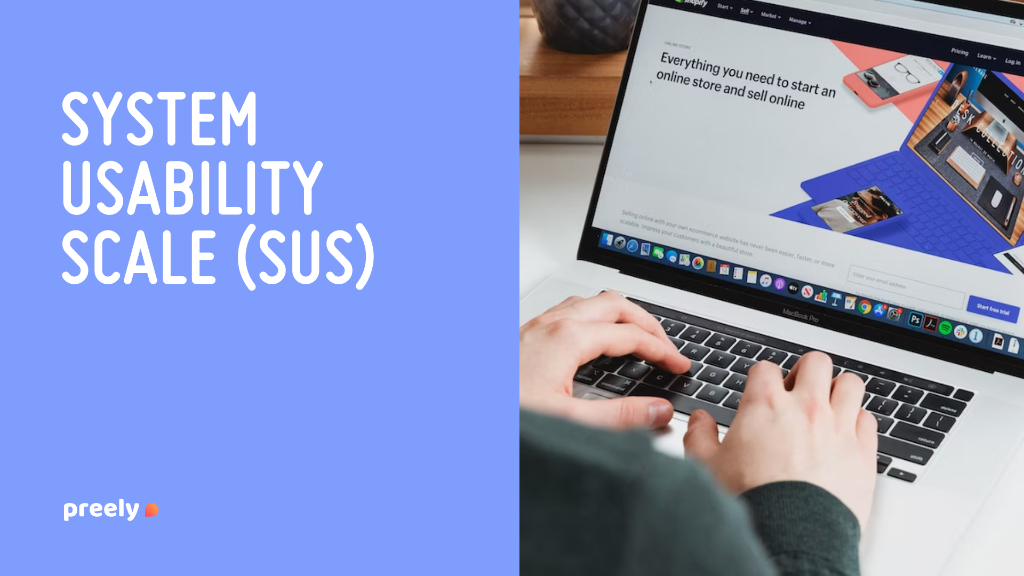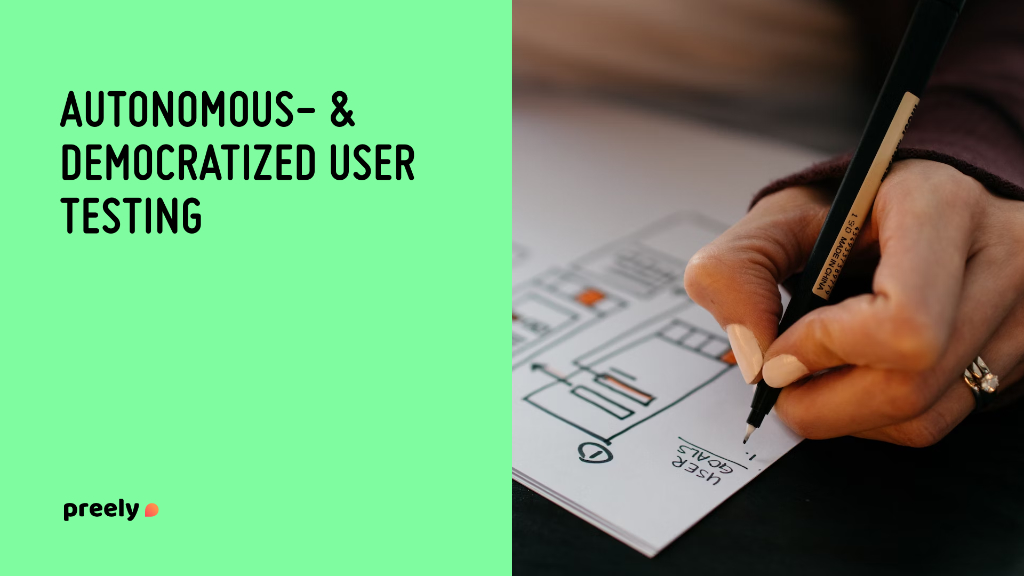
Likert scale and Semantic Differential scale are great for measuring your participants’ attitude towards what you are testing.
The great thing when using either a Likert scale or a Semantic Differential scale is that it makes it possible to give your participants a degree of opinion in quantitative tests. This provides you with insights into how your participants perceive your product or service, in addition to how they performed a given task. The quantitative nature of the scales makes it easy to analyze from a quantitative perspective.
Likert and Semantic Differential scales are often mixed up, which is very understandable since they are quite similar. However, they are used slightly differently and give you different information. Let’s dive in.
Likert scale
Likert scale measures your participants’ agreement to a statement. It can be the agreement to one statement (then we refer to it as a Likert item) or multiple statements like surveys (e.g. System Usability Scale (SUS)). In both cases, the participants are asked how much they agree or disagree with one or more statements. After analyzing the responses, you are able to derive an overall attitude either towards one or multiple related statements. Normally, you’ll have an odd number of options, usually five. In Preely you can choose between three, five, seven and 10.
Why odd numbers you ask – you can read why further down in this post.
Example of Likert scale in Preely:
Semantic differential scale
Semantic differential scale measures where the participant’s view or attitude lies to a statement on a bipolar adjective scale. The end-labels on the scale should be antonym adjectives e.g. modern – traditional, beautiful – ugly, often we use easy – difficult. Normally, you’ll have an odd number of options, often seven. Again, in Preely you can choose three, five, seven or 10.
A great example of the Semantic Differential Scale is the Single Ease Question (SEQ). The SEQ presents a 7-point scale with the ends labeled very easy and, respectively, very difficult.
Example of Semantic differential scale in Preely:
Which one to choose?
When deciding which one to choose, there are a couple of things to consider.
First of all, you should consider which insights you want and need. A Likert scale will provide you with the participants’ agreement or disagreement with the asked statements. A Semantic Differential scale will provide you with information on where your participants’ view lies on a continuum between two contrasting adjectives.
Another thing to consider is your participants. There can be response biases in relation to acquiescence and social desirability when using the Likert scale. However, when using Preely these biases are minimal due to the nature of the test. Using the Semantic differential scale might require higher cognitive demand from your participants due to the abstract level of interpretation between the wording of the end labels.
Sometimes the answer to which one to choose comes by itself. Sometimes, you can’t ask a question in such a way that you can use the Semantic Differential scale, then you will use the Likert scale. Sometimes, you might feel that you prime your participants by asking them ‘I found the task easy’ or something similar. Then you will use the Semantic Differential scale. And sometimes you do not know what to do, in those cases we recommend going with the Likert scale.
… and then a short note about odd and even scales
Normally the scales are odd due to the opportunity of having a neutral point. Using an even scale would minimize the social-desirability bias, however this is normally not a problem when using Preely, so for now we have decided to only have odd scales in Preely (and a 10-point). How many points on the scale you use can vary, but normally anything above nine rarely brings any extra value (except NPS). In Preely you can choose between three, five, seven and 10 (normally used for NPS)
Likert scale & Semantic Differential scale in Preely
We have included Likert Scale and Semantic Differential Scale to our platform to make it easier for you to collect your participants attitudes towards what you are testing
You can add the scales by choosing Ratings as the answer type to your question. Then it’s up to you if you want to make use of a Likert Scale or a Semantic Differential Scale – it depends on the question you ask and the labels you set on the scale’s end-points.
Consider the following when using these rating scales
- Using standardized usability questions and questionnaires, instead of creating your own. Maybe you can even find industry benchmarks.
- Use existing scale labels when designing the scales e.g. use ‘strongly agree – strongly disagree’, instead of reinventing the wheel.
- Ensure your polar adjectives are actually opposites when using semantic differential scales, again look at existing labels.
- If the question is not applicable to all participants, make the question optional. Then you do not need to consider if a neutral answer is due to that the participants didn’t believe the questions were relevant to them.
- Include a follow-up question to get more insights from the participants e.g. ‘Why did you choose this rating?’ You can add this directly in Preely when you make the scale.
Get started with a free account
Streamline user panel creation and gather valuable feedback with Preely's platform.












